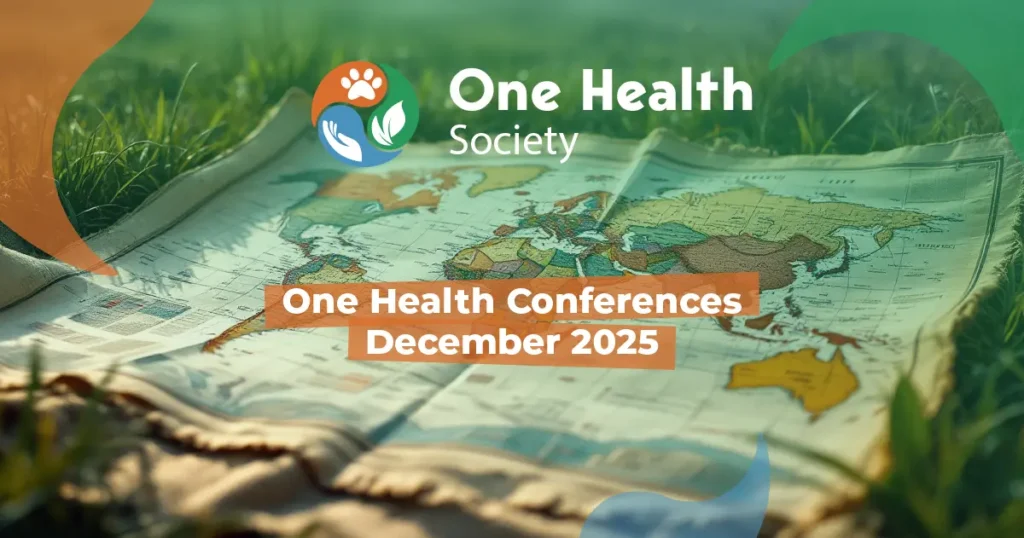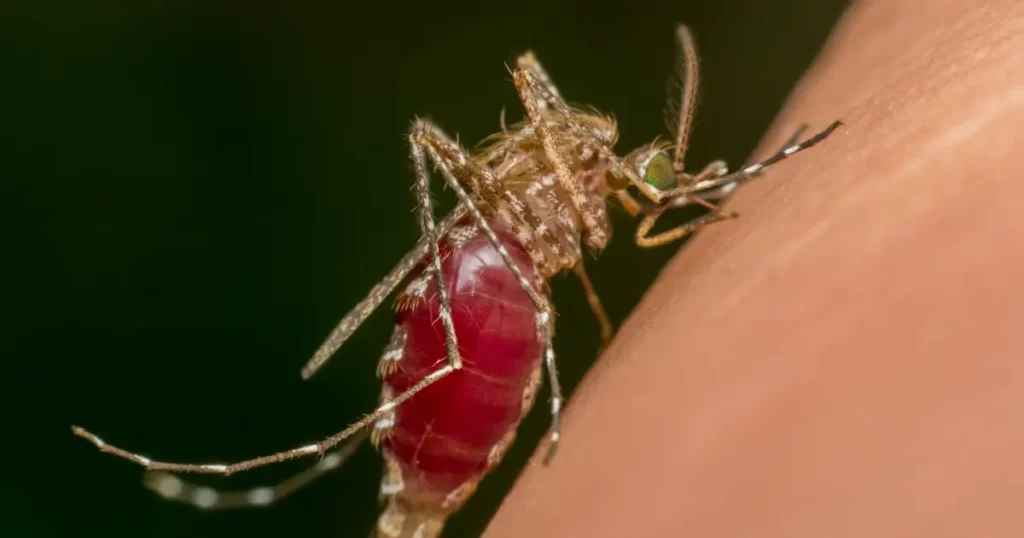Introduction
One Health Book Review highlights the key contributions of One Health: The Theory and Practice of Integrated Health Approaches, 2nd Edition, edited by Jakob Zinsstag. This book is a fundamental resource for professionals and policymakers engaged in human, animal, and environmental health. It provides an interdisciplinary approach to addressing health challenges through collaboration between multiple sectors. This review explores its key themes, practical applications, and relevance to the evolving One Health movement.
You're viewing a members-only article.
To keep reading, please log in or join the One Health Society.
Stay connected to exclusive insights, expert commentary, and opportunities to collaborate across the fields of human, animal, and environmental health.
Already a member? Log In
New here? Join the One Health Society - become One
Overview and Key Strengths
Expanding the Scope of One Health
This second edition broadens its scope beyond infectious diseases to include crucial topics such as climate change, food security, antimicrobial resistance, and integrated health services. The book effectively combines academic rigor with practical applications, making it valuable for researchers, educators, veterinarians, and public health professionals. [1]
Interdisciplinary Approach
A core strength of this book is its interdisciplinary approach. By incorporating perspectives from epidemiology, veterinary medicine, public health, environmental science, and social sciences, it emphasizes breaking down silos and fostering collaboration. The inclusion of updated research and case studies ensures continued relevance.
Structure and Accessibility
Each chapter is meticulously structured, balancing theoretical frameworks with real-world applications. The emphasis on social sciences underscores the importance of cultural, economic, and political considerations in the implementation of One Health strategies.
Notable Quotes
The book provides insightful statements that reflect its integrated approach:
- “One Health can be defined as any added value in terms of health of humans and animals, financial savings, or environmental services achievable by the cooperation of human and veterinary medicine when compared to the concepts of human and animal health working separately.”
- “The application of social science concepts relevant to culture, economics, gender, ecology, human behaviours, political aspects, and indigenous knowledge in the identification, design, and implementation of One Health activities is essential for their success.”
These statements highlight the book’s commitment to transdisciplinary collaboration.
The Editors and Contributors
The book benefits from the expertise of renowned contributors:
- Jakob Zinsstag – Professor at the Swiss Tropical and Public Health Institute, specializing in tropical animal health and integrated health systems.
- Esther Schelling – Expert in zoonotic diseases and health strategies for mobile pastoralist communities.
- Maxine Whittaker – Dean at James Cook University, emphasizing public health and epidemiology.
- Marcel Tanner – Global leader in disease control and health system strengthening.
Relevance and Practical Application
This book reflects the evolution of the One Health movement, particularly in tackling zoonotic diseases, antimicrobial resistance, and environmental health issues. Case studies illustrate the practical application of One Health strategies, demonstrating improved health outcomes and cost-effectiveness.
Conclusion
One Health: The Theory and Practice of Integrated Health Approaches, 2nd Edition is an essential text for professionals dedicated to interdisciplinary health solutions. With its balance of theory and application, it is a must-have for academic and professional libraries. This book will continue to shape One Health research and implementation for years to come.
References
- Zinsstag, J., et al. (2020). One Health: The Theory and Practice of Integrated Health Approaches, 2nd Edition. CABI. Retrieved from https://www.cabi.org/bookshop/book/9781789242577. Accessed on February 5, 2025.













